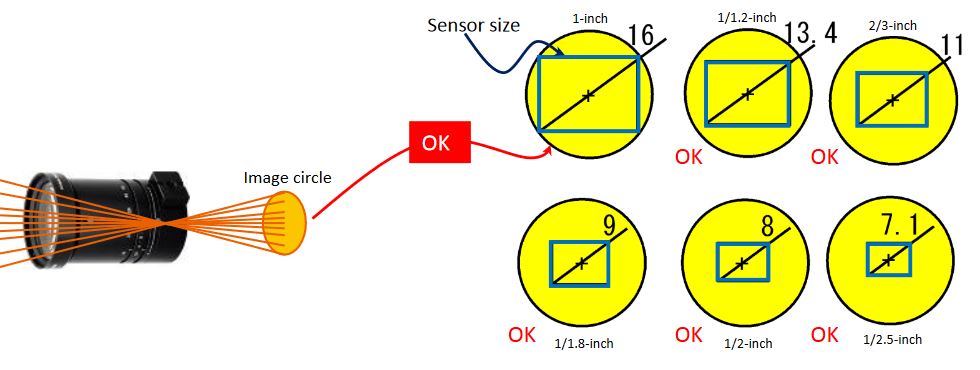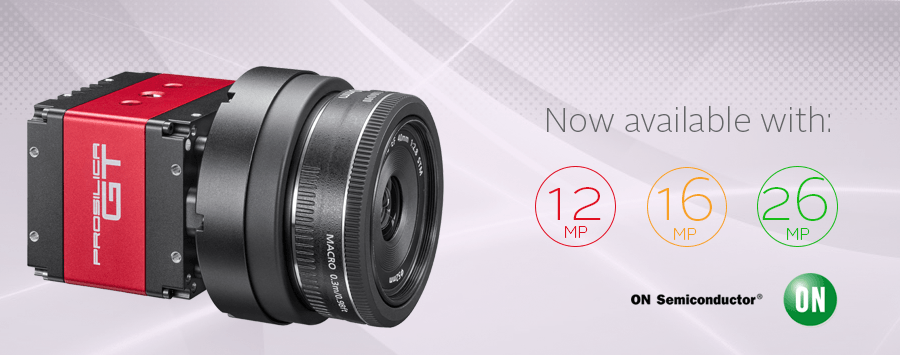
Allied Vision extends its Prosilica GT Large Format camera platform with three high-resolution ON Semi PYTHON image sensors (Python 12K, Python 16K & Python 25K)
Combined with robust thermal housing designed to operate in extended temperature ranges and fluctuating lighting conditions, the new Prosilica GT Large Format cameras are ideal for high-definition imaging applications with demanding requirements of robustness and design-in flexibility. They provide a great option for high-quality imaging for anyone looking to switch over from existing CCD cameras to CMOS cameras with similar resolutions and optical formats.
Features include:
- Extended temperature range (-20 deg. C to + 50 deg. C)
- NIR sensitivity up to 1100nm
- Modular concept providing various lens mounts (M58, M42, and EF-mount)
- Fixed Pattern noise correction, Defect Pixel Correction, and Trigger over Ethernet.
Prosilica GT5120, Prosilica GT4096, and Prosilica GT4090 at a glance
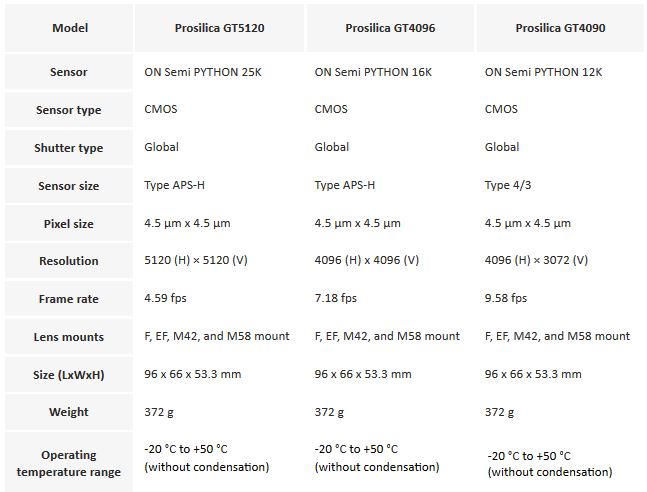
See full specification for the series below:
Prosilica GT5120, 5120 x 5120, 25MP
Prosilica GT4096, 4096 x 4096, 16MP
This is a great replacement for the KAI-16000 CCD sensors!
Prosilica GT4090, 4096 x 3092, 12MP
Now that you have a great high resolution camera, what lens works best?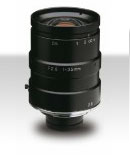
High resolution cameras with the ON Semi Python sensors are great, but only as good as the lenses you use! It is imperative to have the sensor sizes matched with the lens formats. Additionally, we need to make sure the lens resolution is adequate for the image sensor pixel size.
To aid in the lens selection, we have the following recommendation on lens series. Recommendations as follows
Prosilica GT5120, 5120 x 5120, 25MP: This camera has a 32.58mm diagonal image sensor, so a F-mount lens is required. Two options are Kowa and Schneider
KOWA – F mount series
Schneider – F mount series
Prosilica GT4096, 4096 x 4096, 16MP: This camera has a 26.06mm diagonal image sensor, also requiring a F-mount lens.
KOWA – F mount series
Schneider – F mount series
Prosilica GT4090, 4096 x 3092, 12MP : This camera has a 23.09mm diagonal image sensor which falls into a 4/3″ format.
KOWA 4/3″ lens series
As a note, as the pixel size is 4.5um, this is not as demanding on the lens resolution and will only require 111 line pairs/mm (lp/mm) making these adequate selections.
Need more help in understanding lens terminology and format sizes? Here are some related links
- Understanding lens optical formats
- Considerations in selecting a lens for large optical format image sensors
1stVision has experienced engineers to help you develop and further understand the best camera and lens combination for your application.
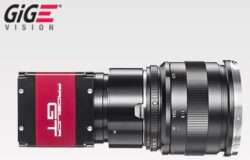


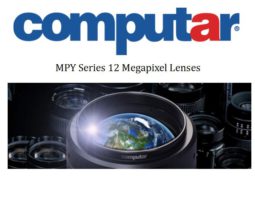
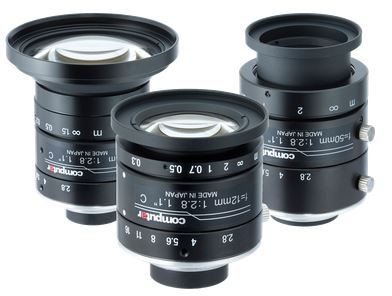
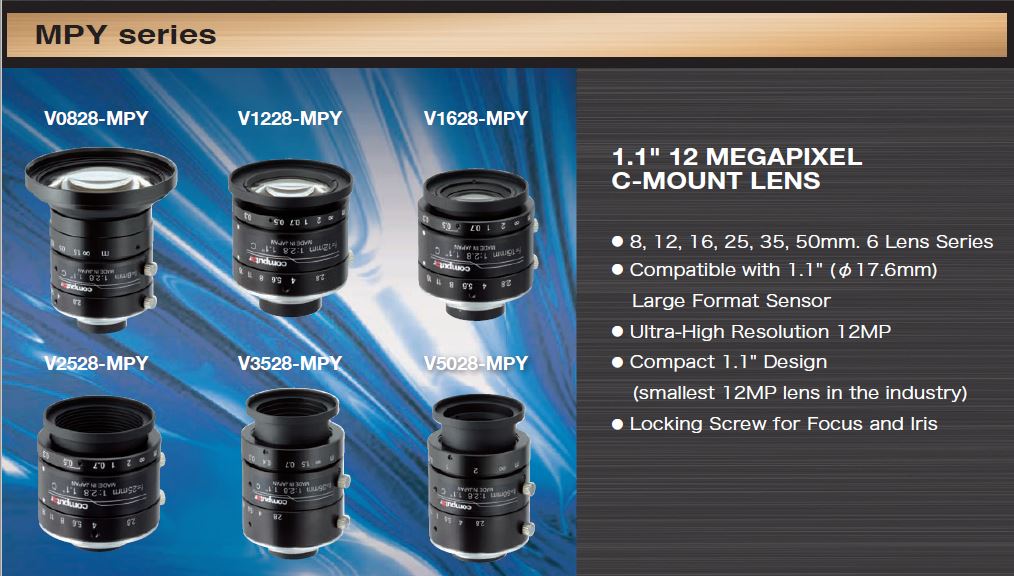
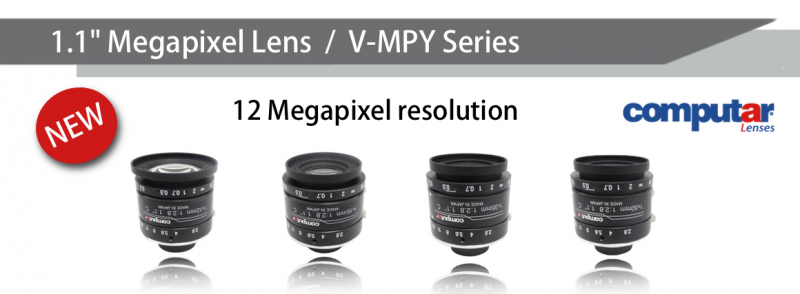 Individual Specifications can be found via this link for the models below:
Individual Specifications can be found via this link for the models below: 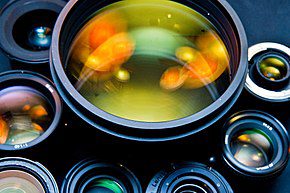
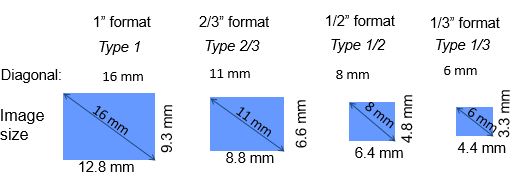
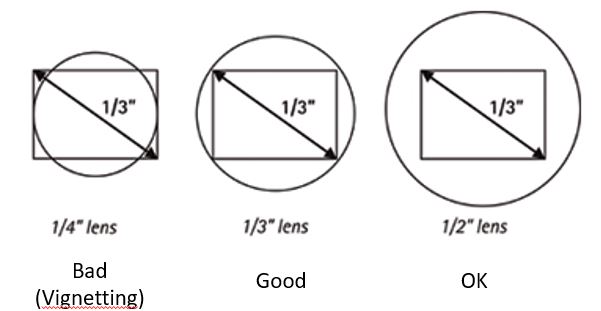
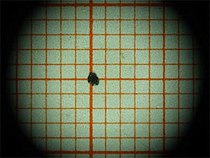
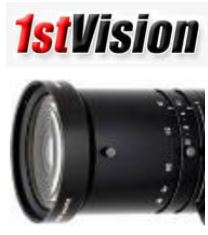
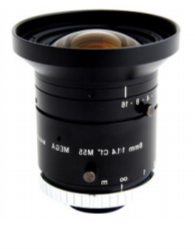 For many years
For many years